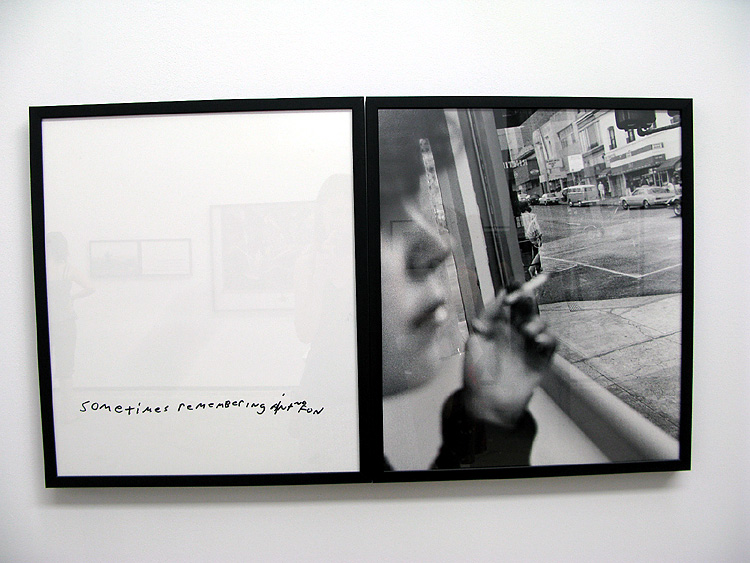
Jessica Hines
My Brother’s War, a series by Jessica Hines, is a powerful series. The entire thing is a Morell like juxtaposition between the two-dimensional (images, pictures, letters, book pages,) and three-dimensional. She uses the flat to serve as a literal representation of the past while placing it in a very real and current space. Her especially strong images are the ones where she finds ways to integrate the two through visual relationships. She uses horizon lines and geographic features to unite landscapes and photographs as well as light reflections and glass magnification to mix written documents and their surroundings.
Louisa Marie Summer
In this next series, Jennifer’s Family by Louisa Marie Summer, the main idea was to give a view of urban poverty based off interaction with one family. This series however struck me as what David Hurn called exploitation. It felt like something that had been shot over the course of a week with little to no real interaction between the photographer and the subject. There was no apparent deep connection to the family, and, in all truthfulness, the series did not break down any stereotypes as the artist had hoped. For this to be successful, Summer would probably have had to spend the next decade with that family. If any real truth were to rise to the surface, it would not come from a weekend photo shoot at the neighbor’s house.
Vee Speers
The Immortals is a puzzling series. I am torn between hating the aesthetic of it and loving the concept. It’s basis in the twisting of our ‘ideal of beauty’ and comparison between the modern Photoshop ideal and the historic painterly ideal create an almost painfully perfect view of extremely fake youth. Backed by the statement of purpose, this works well, however alone the images seem overdone. Even with the statement, they are on the borderline of too much. Perhaps a realistic back ground or less edited foreground would have brought the images back to a reality we can identify with.








